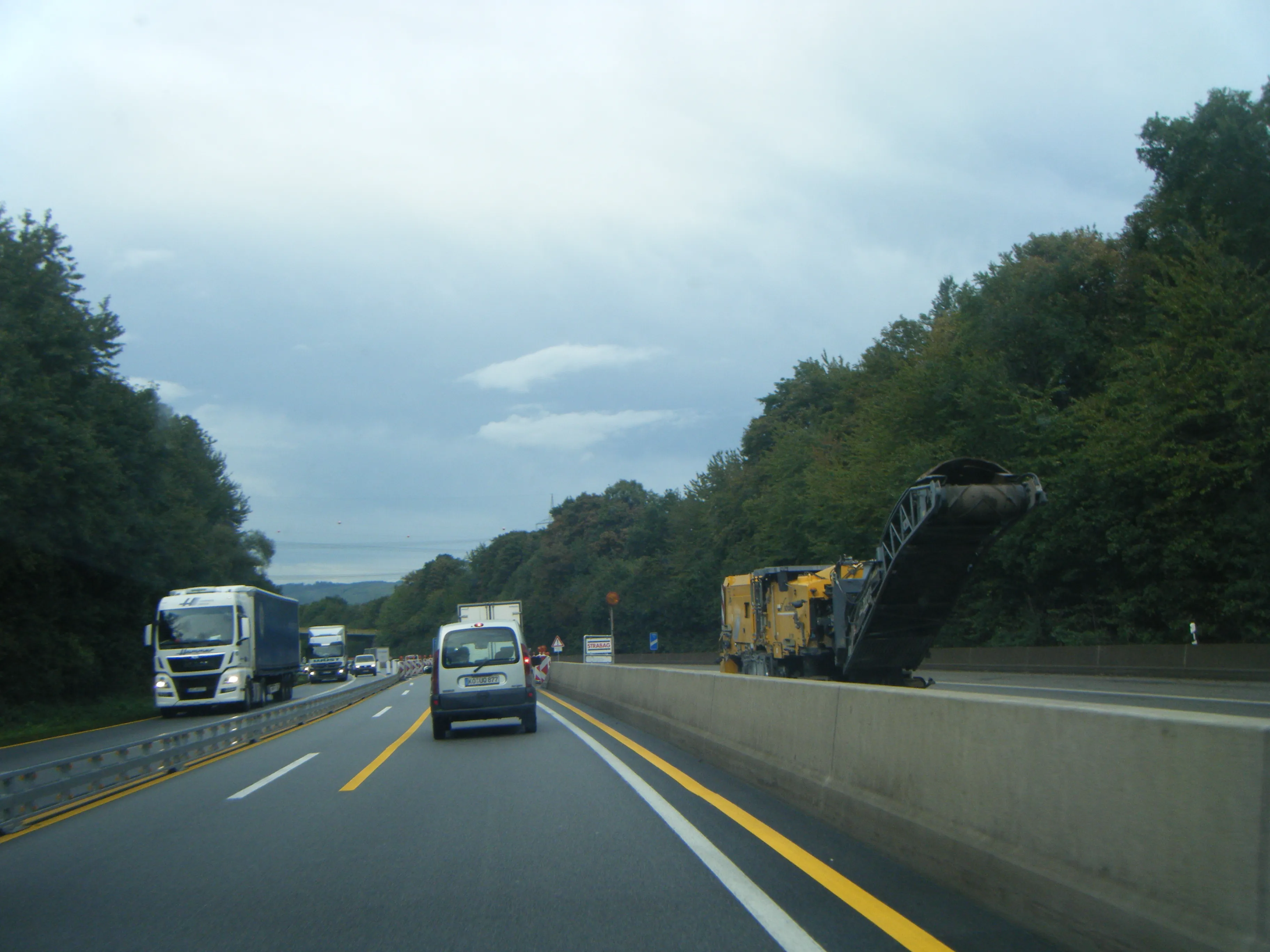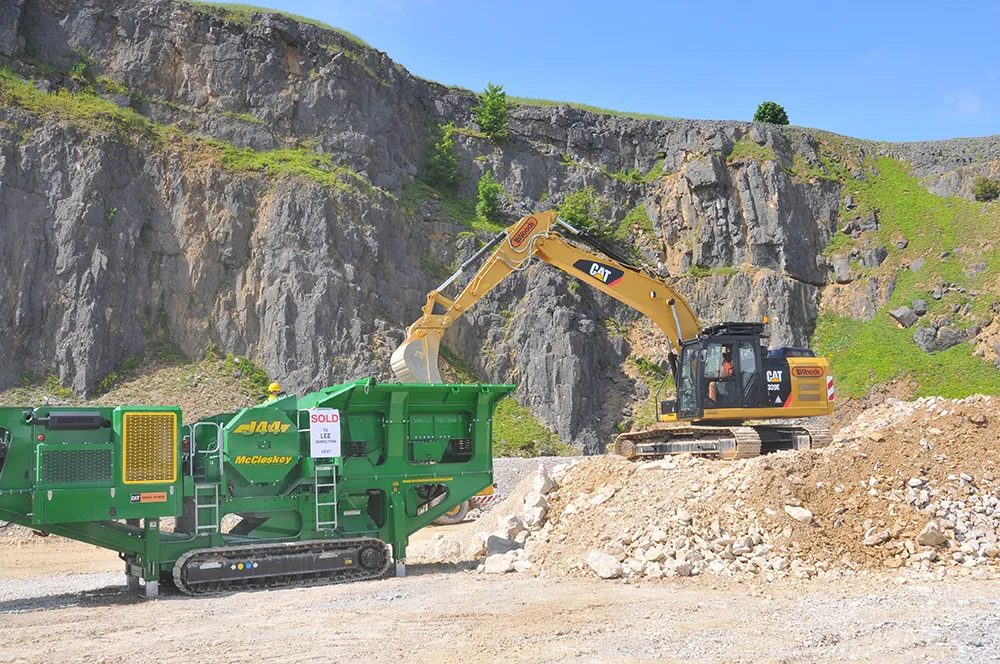There is nothing that fuels economic uncertainty like economic uncertainty. Lack of confidence amongst investors ensures a reluctance to invest, and that is a common problem for many of the markets around the world at present.
The financial crash that started in the US in 2008 and then spread to Europe is an economic malaise that has lasted longer than previous recessions and has had a wider effect for the world economy. Europe has been hard hit and speaking at the recent Committee for European Constructio
December 13, 2012
Read time: 3 mins

There is nothing that fuels economic uncertainty like economic uncertainty. Lack of confidence amongst investors ensures a reluctance to invest, and that is a common problem for many of the markets around the world at present.
The financial crash that started in the US in 2008 and then spread to Europe is an economic malaise that has lasted longer than previous recessions and has had a wider effect for the world economy. Europe has been hard hit and speaking at the recent2440 Committee for European Construction Equipment (CECE) congress in Berlin, CECE president Johann Sailer said, “Although the absolute level of demand for construction equipment in Europe is still fine, the mood of European companies is changing.”
He continued, “Markets like Spain and Italy had to face even further decreases in the first half of the year while others like the Scandinavian and Baltic markets or even Turkey have experienced a good rise in demand.”
Unfortunately, the CECE’s own forward looking index suggests that business in Europe is weakening. It said, “Both current business and future sales expectations are evaluated negatively by the majority of the industry people surveyed.”
Sailer added, “The outlook for 2013 is rather pessimistic. Beyond Europe, it is especially the weak Chinese market that worries the industry. In China, local construction equipment sales have dropped by 40% in the first half of the year and will probably end up with a 25% decline by the end of it.”
Questions remain over the Chinese economy but a change of leadership is happening as the old leaders retire and step aside. This has already triggered some infrastructure investment and could well lead to more, which would certainly help the construction sector.
There are other markets where economies are strong and the construction sector is healthy. Latin America, Russia and India in particular, as well as the Middle East, are all seeing heavy investment. The infrastructure needs of Russia and India are enormous and it is worth remembering that Russia is the world’s largest country by landmass, while India is the second most populous. Both have suffered from poor infrastructure which has held back their economies and these two countries are both enjoying massive investment in highway construction. But with the economic forecast unclear, perhaps the only thing known for sure is that the present uncertainty will continue for some time.
The financial crash that started in the US in 2008 and then spread to Europe is an economic malaise that has lasted longer than previous recessions and has had a wider effect for the world economy. Europe has been hard hit and speaking at the recent
He continued, “Markets like Spain and Italy had to face even further decreases in the first half of the year while others like the Scandinavian and Baltic markets or even Turkey have experienced a good rise in demand.”
Unfortunately, the CECE’s own forward looking index suggests that business in Europe is weakening. It said, “Both current business and future sales expectations are evaluated negatively by the majority of the industry people surveyed.”
Sailer added, “The outlook for 2013 is rather pessimistic. Beyond Europe, it is especially the weak Chinese market that worries the industry. In China, local construction equipment sales have dropped by 40% in the first half of the year and will probably end up with a 25% decline by the end of it.”
Questions remain over the Chinese economy but a change of leadership is happening as the old leaders retire and step aside. This has already triggered some infrastructure investment and could well lead to more, which would certainly help the construction sector.
There are other markets where economies are strong and the construction sector is healthy. Latin America, Russia and India in particular, as well as the Middle East, are all seeing heavy investment. The infrastructure needs of Russia and India are enormous and it is worth remembering that Russia is the world’s largest country by landmass, while India is the second most populous. Both have suffered from poor infrastructure which has held back their economies and these two countries are both enjoying massive investment in highway construction. But with the economic forecast unclear, perhaps the only thing known for sure is that the present uncertainty will continue for some time.








